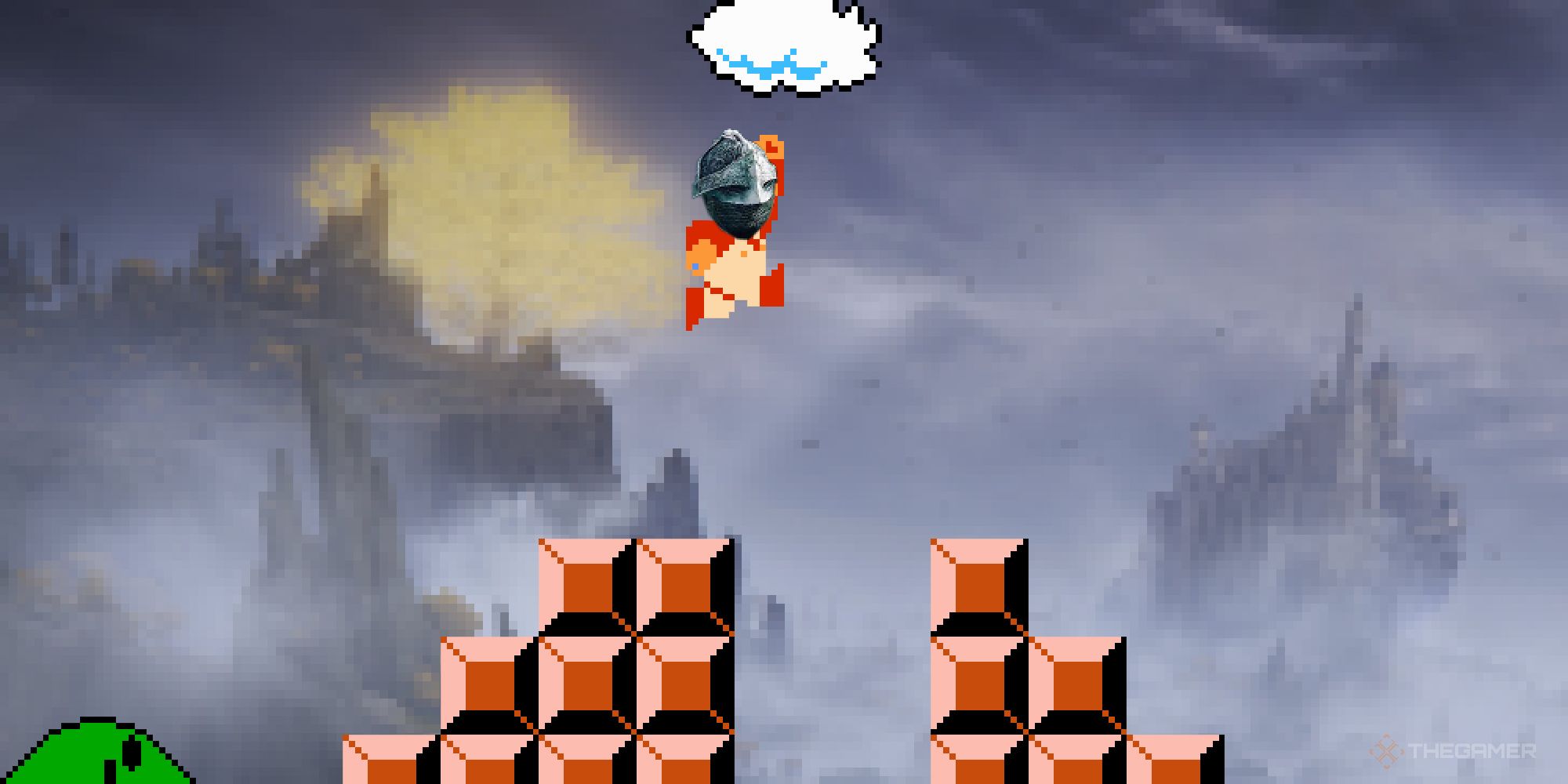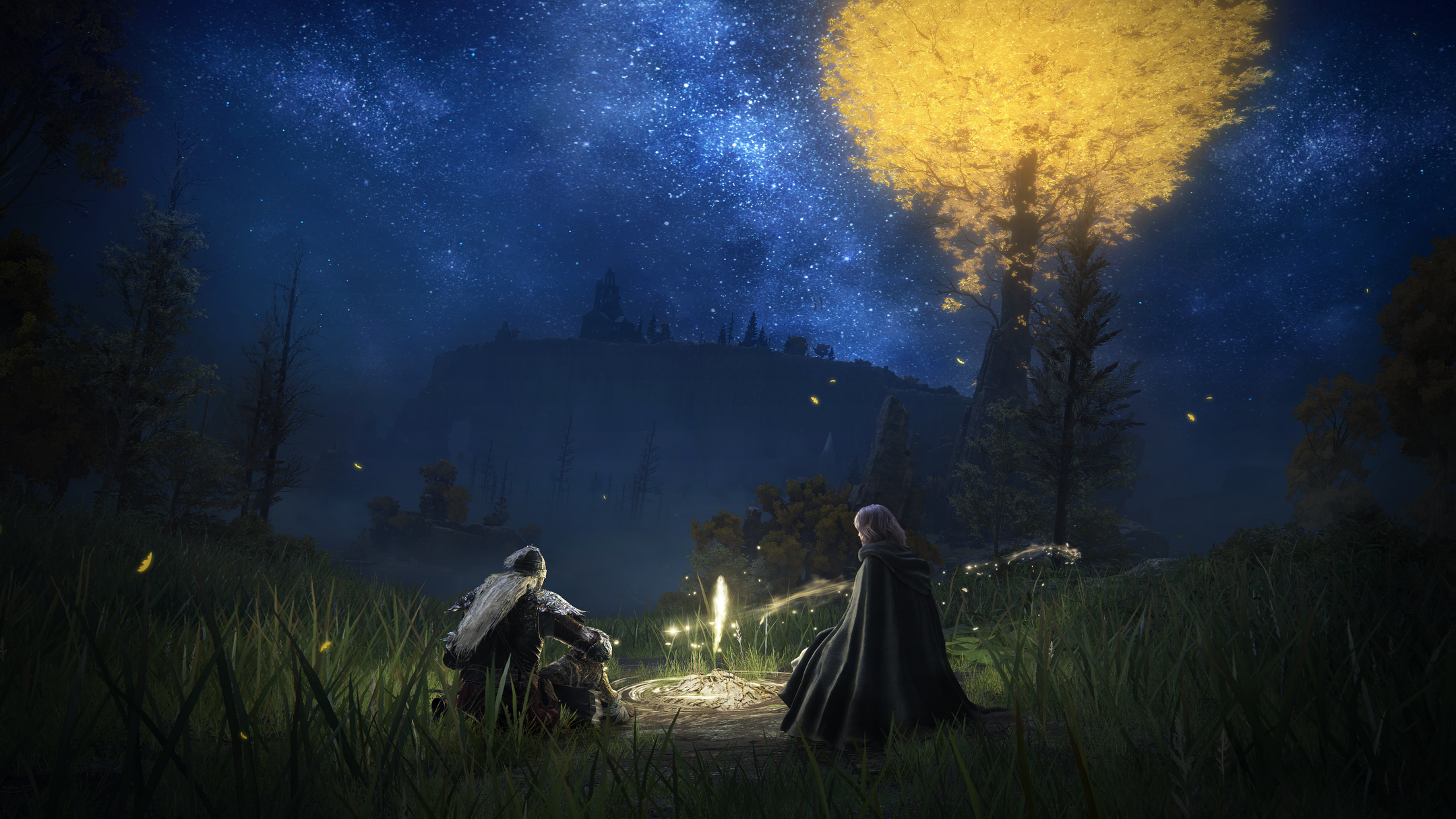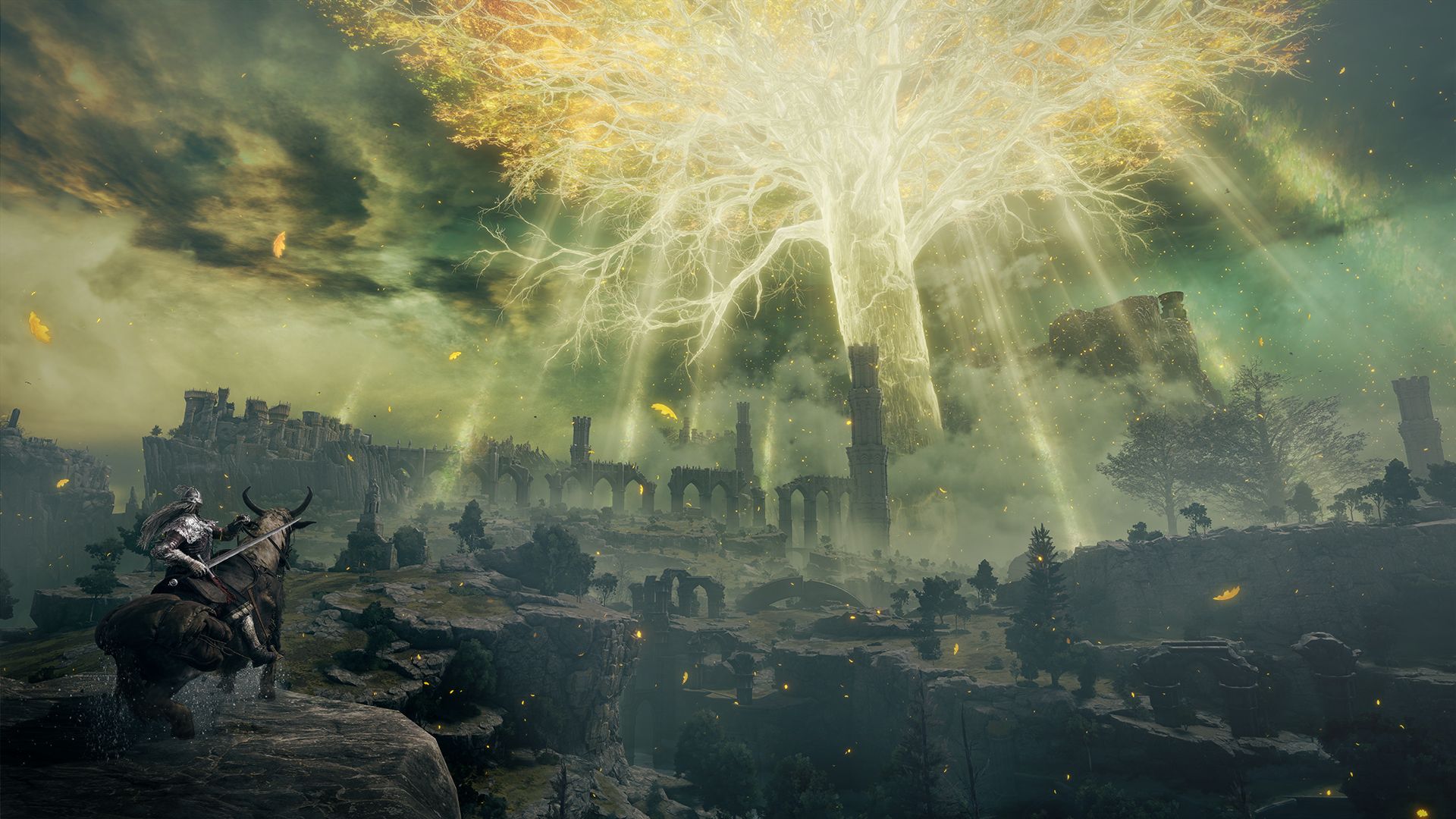Jumping has been a core part of video games for decades. It’s a mechanic we largely take for granted, something we’ve grown so accustomed to that its absence in any major release is met with visible confusion. Despite its prevalence in the medium, FromSoftware seemingly wasn’t aware of its existence until the release of Sekiro: Shadows Die Twice.
Demon’s Souls, Dark Souls, and Bloodborne all feature brooding protagonists who were as capable of lifting their feet off the ground as they were capable of smiling - it was an impossible feat for them. Granted, they’d be wearing heavy armour or blood-soaked rags most of the time, so achieving such a level of momentum while under duress probably isn't the easiest thing in the world. Yet its absence was noticeable, so much so that the introduction of jumping in Sekiro makes it hard to go back now.
I wish I could leap over the Asylum Demon’s head instead of relying on clumsy momentum for a drop attack, while Bloodborne’s more aggressive approach to combat would work wonders if I had a chance to go airborne. Sekiro opened up the potential for faster movement, stealth, and battles that could span entire stages as you encouraged enemies to follow you across a castle’s interior while engaging in a nail-biting duel. There’s a chance they might even lose sight of you, meaning you could easily jump into the rafters only to murder them with a single strike from the shadows. These possibilities were endless, and they all return in Elden Ring.
It feels silly to describe a jump button as revolutionary in 2022, but Elden Ring is able to propel it to such heights because of how much it does with such a thing. The Lands Between is sprawling yet dense, awash with environments that are both ripe with horizontal and vertical architecture that is begging for us to climb upon it in search of new discoveries. Upon emerging in Limgrave for the first time you’ll be greeted with a world that hides secrets in every conceivable direction, many of which require a keen sense of observation to seek out. This might involve jumping atop a crumbling chapel or carefully making your way down a cliffside while avoiding the cruel mistress that is fall damage. Your character moves with a sense of simplistic grace that feels almost liberating in the context of FromSoftware’s back catalogue. Whatever it does next, jumping must be included, or it will be sorely missed.
Stormveil Castle is where the mechanic comes alive for the first time. A peasant worker will encourage you to scale the outside of the castle instead of storming through the front gate, a strategy which requires us to analyse the environment and determine when and where it is safe to jump without falling to our death. Scaling ramparts and doing battle with precarious enemies is absolutely thrilling, even more so when they lose their footing and yeet themselves into the sea. Hidden items often await out of view, or across a ledge that seems impossible to reach, but a well-timed jump will see you there in no time.
Inside the castle this strategy is taken even further, so much so that parts of the architecture that would have been little more than scenery in previous games can actually be accessed, with treasure often hidden around corners alongside scores of enemies waiting to strike. I’m not sure why it took FromSoftware so long to expand upon its vision like this, when in previous games reaching items across rooftops or nestled within ruins often required trial and error or dealing with a jumping mechanic that was obnoxious at best to execute. Elden Ring feels more approachable not just in its difficulty, but how it reinterprets the cryptic nature of its world design and turns it into something inviting rather than pushes you away with overriding levels of dread and darkness.
The Lands Between invites you to discover everything it has to offer while simultaneously warning you that doing so will be met with a number of unexpected challenges. Yet they’re worth seeing through, and made even easier with the addition of a jump button that transforms the Soulsborne formula. Jumping attacks are also emphasised, now considered a core aspect of combat given how environments often have you attacking from above or moving upstairs or up hills in the midst of clashing swords. Jumping atop a foe and slicing them asunder can often stun them, resulting in a devastating power attack which can even best bosses in only a handful of hits. You will get into the habit of this behaviour so quickly, learning how fundamental its presence is in the design of so many scenarios.
I still have so much still to see in Elden Ring, and jumping will allow me to uncover secrets that a second, fourth, or even fifth playthrough are trying desperately to keep hidden. For decades now we have treated the act of jumping in video games as an afterthought, something so obvious that its presence is never something we ever stop to think about. But when it is suddenly added to a genre that has never entertained it before, the possibilities of what it can achieve are almost overwhelming.








